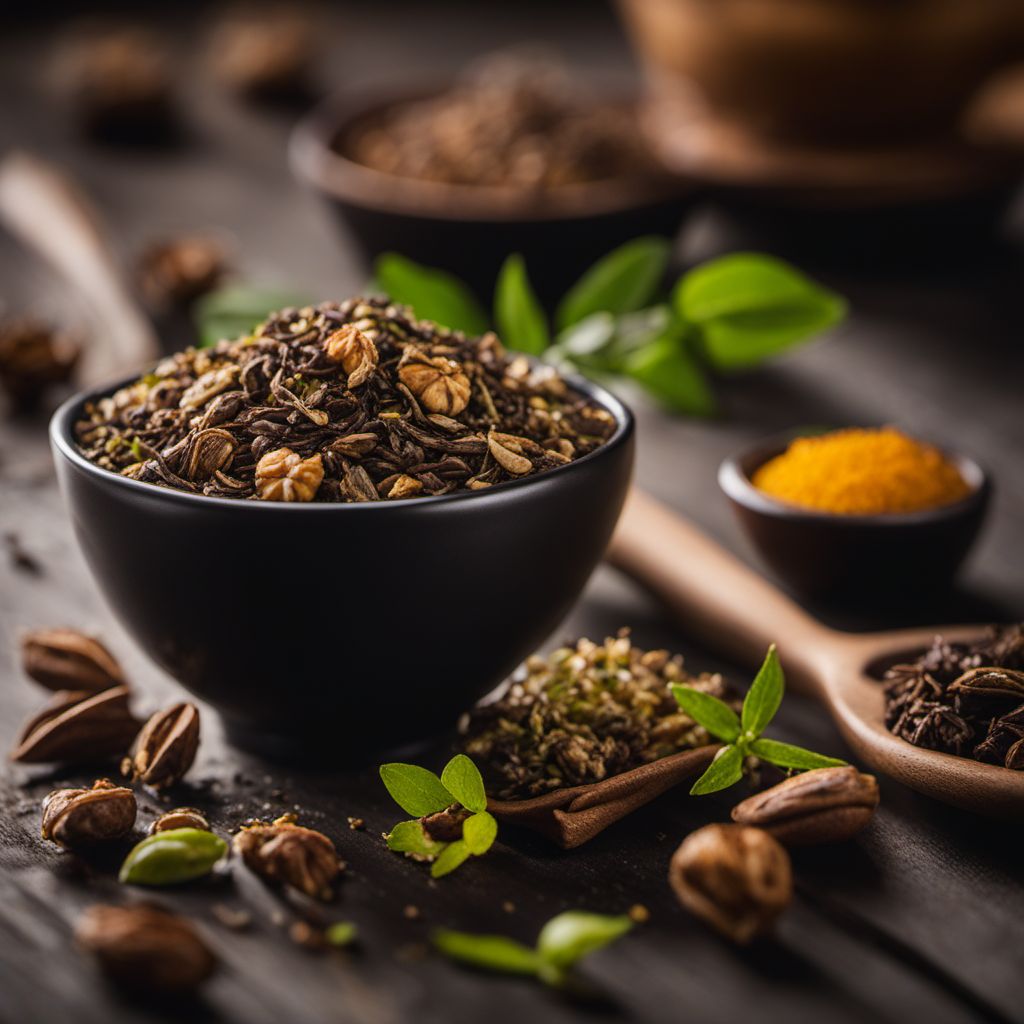
Ingredient
Tea ingredients (RPC derivatives)-deprecated-double
The Art of Tea Infusion
Tea is a versatile ingredient that can be used in various culinary applications, from infusing flavors into desserts and sauces to adding depth to marinades and broths. With a rich history and countless varieties, tea brings a unique and aromatic touch to any dish.
Origins and history
Tea has a long and storied history, originating in ancient China over 5,000 years ago. It has since spread across the globe, becoming an integral part of many cultures and traditions. From the traditional tea ceremonies of Japan to the afternoon tea rituals of England, tea has played a significant role in shaping social customs and culinary practices.
Nutritional information
Tea is a calorie-free beverage that offers various health benefits. It is rich in antioxidants, which help protect the body against free radicals and reduce the risk of chronic diseases. Additionally, tea contains caffeine, which can provide a natural energy boost.
Allergens
Tea is generally considered safe for consumption, but some individuals may be allergic to certain types of tea leaves or additives. Common allergens associated with tea include pollen, plant proteins, and additives like milk or soy.
How to select
When selecting tea, look for whole tea leaves or loose tea rather than tea bags, as they often contain lower-quality tea leaves. The leaves should be intact, with vibrant colors and a pleasant aroma. Avoid tea leaves that appear dull, dusty, or have a stale smell.
Storage recommendations
To maintain the freshness and quality of tea, store it in an airtight container away from light, heat, and moisture. Avoid storing tea near strong-smelling substances, as tea can easily absorb odors. Proper storage will help preserve the flavor and aroma of the tea for an extended period.
How to produce
Tea can be grown at home by planting tea seeds or cuttings in well-draining soil and providing them with adequate sunlight and water. However, tea cultivation requires specific conditions and expertise, making it more suitable for commercial production.
Preparation tips
To prepare tea, steep the desired amount of tea leaves in hot water for the recommended time, usually 2-5 minutes depending on the type of tea. Adjust the steeping time and water temperature according to personal preference. Experiment with different tea varieties and brewing methods to discover your preferred flavors.
Culinary uses
Tea is commonly used in beverages such as hot or iced tea, tea lattes, and tea-infused cocktails. It can also be incorporated into desserts like cakes, cookies, and ice creams, as well as savory dishes like marinades, broths, and sauces.
Availability
Tea is widely available in various forms, including loose tea leaves, tea bags, and powdered tea. It can be found in grocery stores, specialty tea shops, and online retailers. The availability may vary depending on the region and the specific type of tea.

